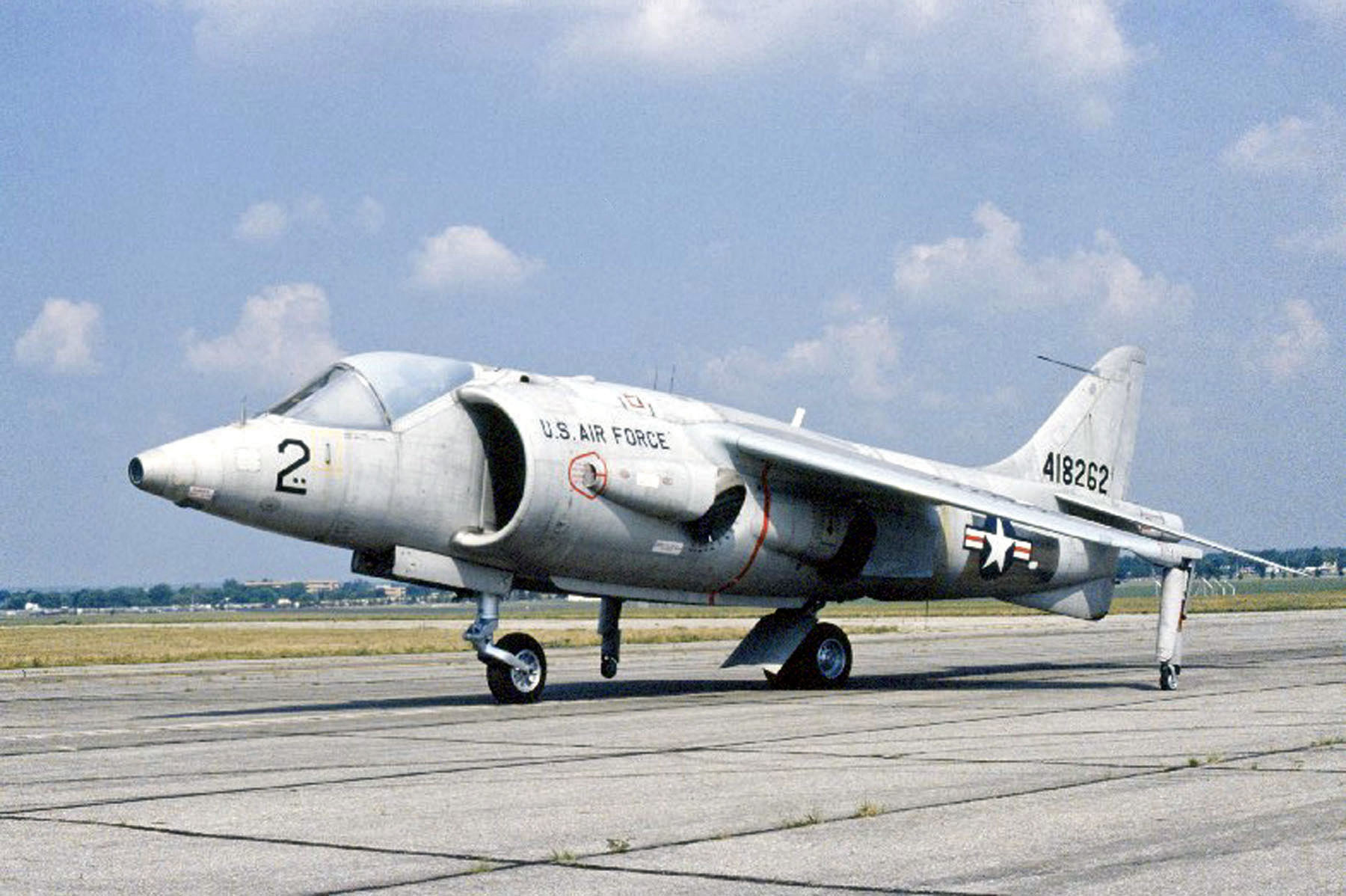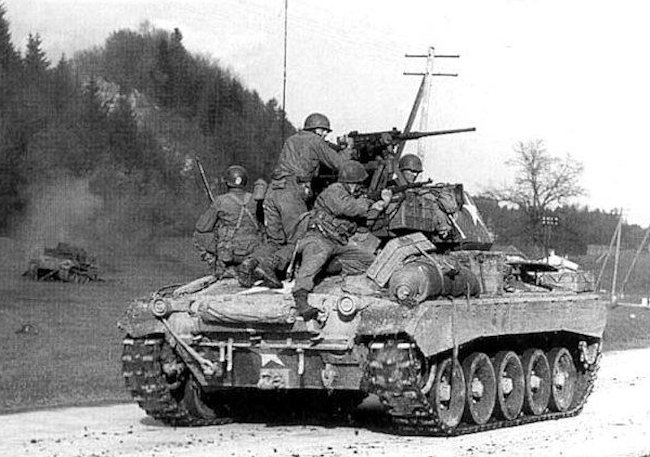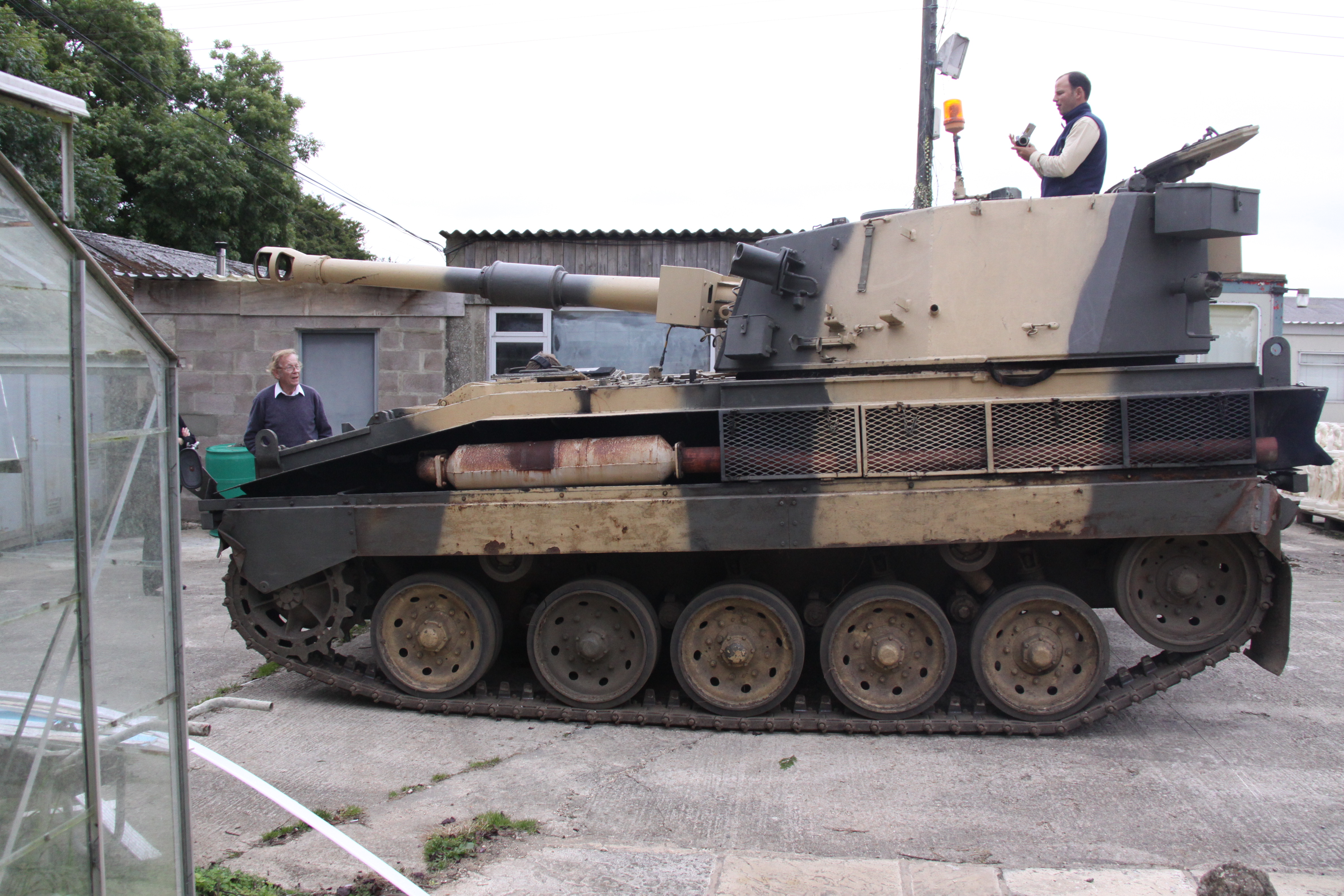|
Muckleburgh Collection
The Muckleburgh Collection is a military museum sited on a former military camp at Weybourne, on the North Norfolk coast, England. It was opened to the public in 1988 and is the largest privately owned military museum in the United Kingdom. History The museum is located on the site of the Second World War and post-war Weybourne Anti Aircraft Training Camp. Weybourne Camp is north west of the coastal village of Weybourne. The site, originally called Carvel Farm, was first used in 1935 by the Anti–Aircraft Division of the Territorial Army as a summer training camp. In 1937 and as a result of the growing threat of war, it was decided to make the camp permanent and more fixed structures and defences were erected. During the Second World War, the camp was surrounded by a perimeter anti-tank ditch and defended by a system of gun emplacements and barbed wire. The interior of the camp consisted of groups of Nissen huts, barracks and other military buildings. The cliff top to the ... [...More Info...] [...Related Items...] OR: [Wikipedia] [Google] [Baidu] |
Hawker Siddeley Harrier
The Hawker Siddeley Harrier is a British jet-powered attack aircraft designed and produced by the British aerospace company Hawker Siddeley. It was the first operational ground attack and reconnaissance aircraft with vertical/short takeoff and landing (V/STOL) capabilities and the only truly successful V/STOL design of its era. It was the first of the Harrier series of aircraft, being developed directly from the Hawker Siddeley Kestrel prototype aircraft following the cancellation of a more advanced supersonic aircraft, the Hawker Siddeley P.1154. In the mid 1960s, the ''Harrier GR.1'' and ''GR.3'' variants were ordered by the British government for the Royal Air Force (RAF). The Harrier GR.1 made its first flight on 28 December 1967, and entered RAF service in April 1969. During the 1970s, the United States opted to procure the aircraft as the ''AV-8A''; it was operated by the US Marine Corps (USMC). Introduced to service amid the Cold War, the RAF positioned the bu ... [...More Info...] [...Related Items...] OR: [Wikipedia] [Google] [Baidu] |
Panzer P-68
The Panzer 68 was a Swiss main battle tank developed by the Eidgenoessische Konstruktionswerkstaette in Thun in the late 1960s, and was the main tank of the Swiss Army until the late 1990s. History The Panzer 68 was based on the Panzer 61, which initial development dates back to 1951. The development started immediately after the successful introduction of the Panzer 61. Improvements consisted of wider tracks, stabilized gun, and the introduction of a second machine gun instead of the coaxial 20mm gun of early Panzer 61 models. In 1968 (hence the name) the Swiss parliament decided to buy 170 vehicles. Deliveries of the Panzer 68 started in 1971. In 1977 a second batch was manufactured. In the years between 1978 and 1983, a third and fourth batch followed. The last two lots were called either AA3 and AA4 or Panzer 68/75. The most important change was the introduction of a bigger turret. The Austrian Army showed some interest in the Panzer 68 in the late 1970s, but decided no ... [...More Info...] [...Related Items...] OR: [Wikipedia] [Google] [Baidu] |
M24 Chaffee
The M24 Chaffee (officially light tank M24) was an American light tank used during the later part of World War II; it was also used in post–World War II conflicts including the Korean War, and by the French in the Algerian War, War in Algeria and the First Indochina War. In British service it was given the service name ''Chaffee'' after the United States Army General officer, general, Adna R. Chaffee Jr., who helped develop the use of tanks in the United States Armed Forces, United States armed forces. Although the M41 Walker Bulldog was developed as a replacement, M24s were not mostly removed from U.S. and NATO armies until the 1960s and remained in service with some Third World countries. Development and production history British combat experience in the North African campaign identified several shortcomings of the M3 Stuart light tank, especially the performance of its 37 mm Gun M3, 37 mm cannon. A 75 mm gun was experimentally fitted to a howitzer motor carriage M8 & ... [...More Info...] [...Related Items...] OR: [Wikipedia] [Google] [Baidu] |
FV438 Swingfire
The FV438 Swingfire was an armoured anti-tank vehicle of the British Army. It was derived from the FV430 series of vehicles by converting the FV432 to accommodate a launcher for Swingfire anti-tank guided missiles. The FV438 carried fourteen missiles and had two firing bins, which could be reloaded from inside the vehicle. It was fitted with a Hensoldt 1x & 10x Military Periscope Monocular Guided Missile Sight, firing station and guidance system. It also carried a separate Barr & Stroud thermal imaging sight and control unit, which could be deployed up to 75 metres away from, and 15m above or below, the vehicle, connected to it by a cable. This enabled the missiles to be aimed and fired whilst the vehicle remained camouflaged, completely hidden from the enemy in dead ground or behind cover. The Swingfire missile had a thrust-vectoring engine nozzle which gave it the capability to make a ninety-degree turn immediately after leaving the launch bin in order to get into the contr ... [...More Info...] [...Related Items...] OR: [Wikipedia] [Google] [Baidu] |
FV434
The FV434 is the Armoured Repair Vehicle variant of the British Army's FV430 series of armoured fighting vehicles. Introduced in the 1960s primarily as a means of quickly changing Chieftain MBT power packs in the field, it is operated by the Royal Electrical and Mechanical Engineers (REME). It is still used by the REME. Description Officially designated FV434 Carrier, Maintenance, Full Tracked, the FV434's primary role is to repair disabled and damaged vehicles, but it also has a limited recovery capability. It is fitted with a crane (capable of lifting up to 3 tons) to assist its work in repairing armoured and un-armoured vehicles. The FV434 is capable of changing other FV430 series power packs, however, it is unable to handle the power pack the British Army's Challenger 2 main battle tank - this is done by Challenger armoured recovery vehicle in forward areas and soft skin repair vehicles in base areas. In addition to the crane, the FV434 is fitted with a fold-away work ben ... [...More Info...] [...Related Items...] OR: [Wikipedia] [Google] [Baidu] |
FV433 Abbot SPG
FV433, 105mm, Field Artillery, Self-Propelled "Abbot" is the self-propelled artillery, or more specifically self-propelled gun (SPG), variant of the British Army FV430 series of armoured fighting vehicles (AFVs), using much of the chassis of the FV430 but with a fully rotating gun turret, turret at the rear housing the 105 mm gun and given the vehicle designation of FV433. Designed as a Sexton (artillery), Sexton replacement, its correct designation was "Gun Equipment 105mm L109 (Abbot)". "L109" was little used, probably to avoid confusion with the 155 mm M109 howitzer that entered UK service at about the same time. The name "Abbot" continued the Second World War style of naming self-propelled artillery after ecclesiastical titles. The FV433 used a different configuration of power pack from other vehicles in the FV430 series. Development Ammunition A completely new ammunition family, comprising shells, fuzes and cartridges, was designed for Abbot's L13 gun, designated "1 ... [...More Info...] [...Related Items...] OR: [Wikipedia] [Google] [Baidu] |
FV101 Scorpion
The FV101 Scorpion is a British armoured reconnaissance vehicle and light tank. It was the lead vehicle and the fire support type in the Combat Vehicle Reconnaissance (Tracked), CVR(T), family of seven armoured vehicles. Manufactured by Alvis, it was introduced into service with the British Army in 1973 and was withdrawn in 1994. More than 3,000 were produced and used as reconnaissance vehicles or light tanks. It held the Guinness world record for the fastest production tank, recorded doing at the QinetiQ vehicle test track in Chertsey, Surrey, on 26 January 2002. History The CVR(T) family of vehicles came from a British Army requirement for an armoured fighting vehicle that could be rapidly airlifted to trouble spots. The Armoured Vehicle Reconnaissance was supposed to carry both a gun and an anti-tank missile but it was not possible to design an air portable vehicle to the specification. The limits on both size and weight led to the use of aluminium alloy for the hull and a ... [...More Info...] [...Related Items...] OR: [Wikipedia] [Google] [Baidu] |
Comet Tank
The Comet tank or Tank, Cruiser, Comet I (A34) was a British cruiser tank that first saw use near the end of the World War II, Second World War, during the Western Allied invasion of Germany. The Comet was developed from the earlier Cromwell tank with a lower profile, partly-cast metal, cast turret which mounted the new Ordnance QF 17 pdr#77 mm HV, 77 mm HV gun. This was a smaller version of the 17 pdr anti-tank gun firing the same 76.2 mm (3") projectiles, albeit with a lighter charge, and was effective against late-war German tanks, including the Panther tank, Panther and Tiger I, Tiger. The Comet rendered the Cruiser Mk VIII Challenger obsolete and was an interim solution until the completely new design Centurion tank was available. When firing armour-piercing discarding sabot, APDS rounds, the 77 mm HV was superior in armour penetration capability to the 75 mm KwK 42 gun of the equivalent Axis tank, the Panther. The Comet entered active servic ... [...More Info...] [...Related Items...] OR: [Wikipedia] [Google] [Baidu] |
Churchill Tank
The Tank, Infantry, Mk IV (A22) Churchill was a British infantry tank used in the Second World War, best known for its heavy armour, large longitudinal chassis with all-around tracks with multiple Bogie#Tracked vehicles, bogies, its ability to climb Grade (slope), steep slopes, and its use as the basis of many specialist vehicles. It was one of the heaviest Allies of World War II, Allied tanks of the war. The origins of the Churchill's design lay in the expectation that war in Europe might be fought in conditions similar to those of the First World War, and thus emphasised the ability to cross difficult ground. The Churchill was hurried into production in order to build up British defences against a possible German invasion. The first vehicles had flaws that had to be overcome before the Churchill was accepted for wide use. After several Mark (designation), marks (versions) had been built, a better-armoured specification, the Mark VII, entered service with the British Army. The ... [...More Info...] [...Related Items...] OR: [Wikipedia] [Google] [Baidu] |
AMX-13
The AMX-13 is a French light tank produced from 1952 to 1987. It served with the French Army, as the Char 13t-75 Modèle 51, and was exported to more than 26 other nations. Named after its initial weight of 13 tonnes, and featuring a tough and reliable chassis,''The Complete Guide to Tanks and Armoured Fighting Vehicles'', it was fitted with an oscillating turret built by GIAT Industries (now Nexter) with revolver-type magazines, which were also used on the Austrian SK-105 Kürassier. Including prototypes and export versions, over a hundred variants exist, including self-propelled guns, anti-aircraft systems, Armoured personnel carrier, APCs, and ATGM versions. Development The tank was designed at the Ateliers de construction d'Issy-les-Moulineaux, Atelier de Construction d'Issy-les-Moulineaux (AMX) in 1946 to meet a requirement for an air-portable vehicle to support paratroopers. The prototype ran from 1948. The compact chassis had torsion bar suspension with five road wheels a ... [...More Info...] [...Related Items...] OR: [Wikipedia] [Google] [Baidu] |
Centurion Tank
The FV4007 Centurion was the primary main battle tank of the British Army during the post-World War II period. Introduced in 1945, it is one of the most successful post-war tank designs, remaining in production into the 1960s, and seeing combat into the 1980s. The chassis was adapted for several other roles, and these variants have remained in service. It was a very popular tank with good armour, maneuverability, mobility, and a powerful main armament. Development of the Centurion began in 1943 with manufacture beginning in January 1945. Six prototypes arrived in Belgium less than a month after the war in Europe ended in May 1945. It entered combat with the British Army in the Korean War in 1950 in support of the UN forces. The Centurion later served on the Indian side in the Indo-Pakistani War of 1965, where it fought against US-supplied M47 Patton, M47 and M48 Patton tanks, and it served with the Royal Australian Armoured Corps in the Vietnam War. Israel's army used Centurio ... [...More Info...] [...Related Items...] OR: [Wikipedia] [Google] [Baidu] |
Grizzly I Cruiser
The Grizzly I was a Canadian-built M4A1 Sherman tank with relatively minor modifications, primarily to stowage and pioneer tool location and adding accommodations for a Number 19 radio set. They used the same General Steel hull castings as late Pressed Steel-built M4A1(75)s, to include both the standard hull and the later ones with the armour thickened over the ammo bins. Grizzlies were originally built with US style tracks and sprockets. It was only later that they were refitted with Canadian Dry Pin (CDP) tracks, which did not require rubber. The tank's production was stopped as it became apparent US production would be sufficient for the Allies' needs and the factory was turned over to other production. After the war, a number of Grizzly tanks were sold to Portugal as part of the NATO military assistance program; they were retired in the 1980s. History After the fall of France, it was decided the nascent Canadian armoured divisions would be equipped by tanks produced in ... [...More Info...] [...Related Items...] OR: [Wikipedia] [Google] [Baidu] |










